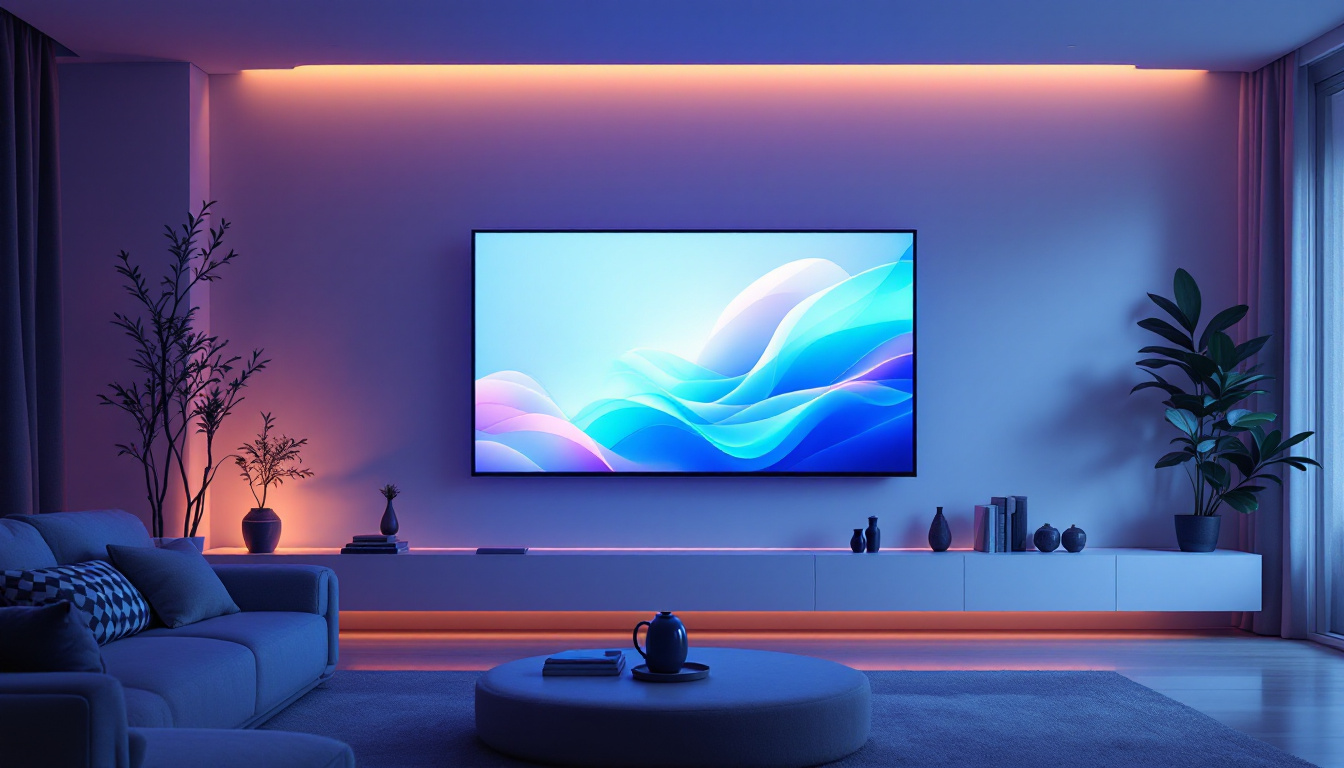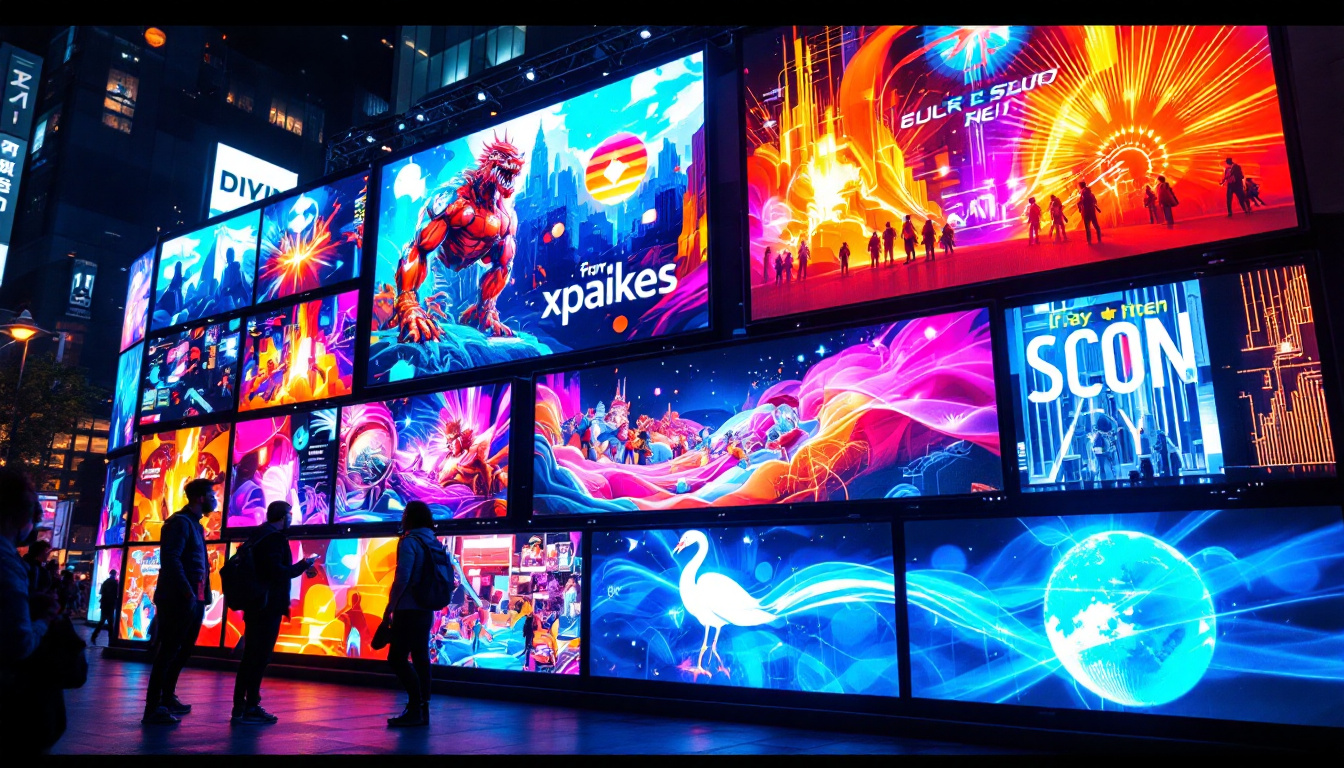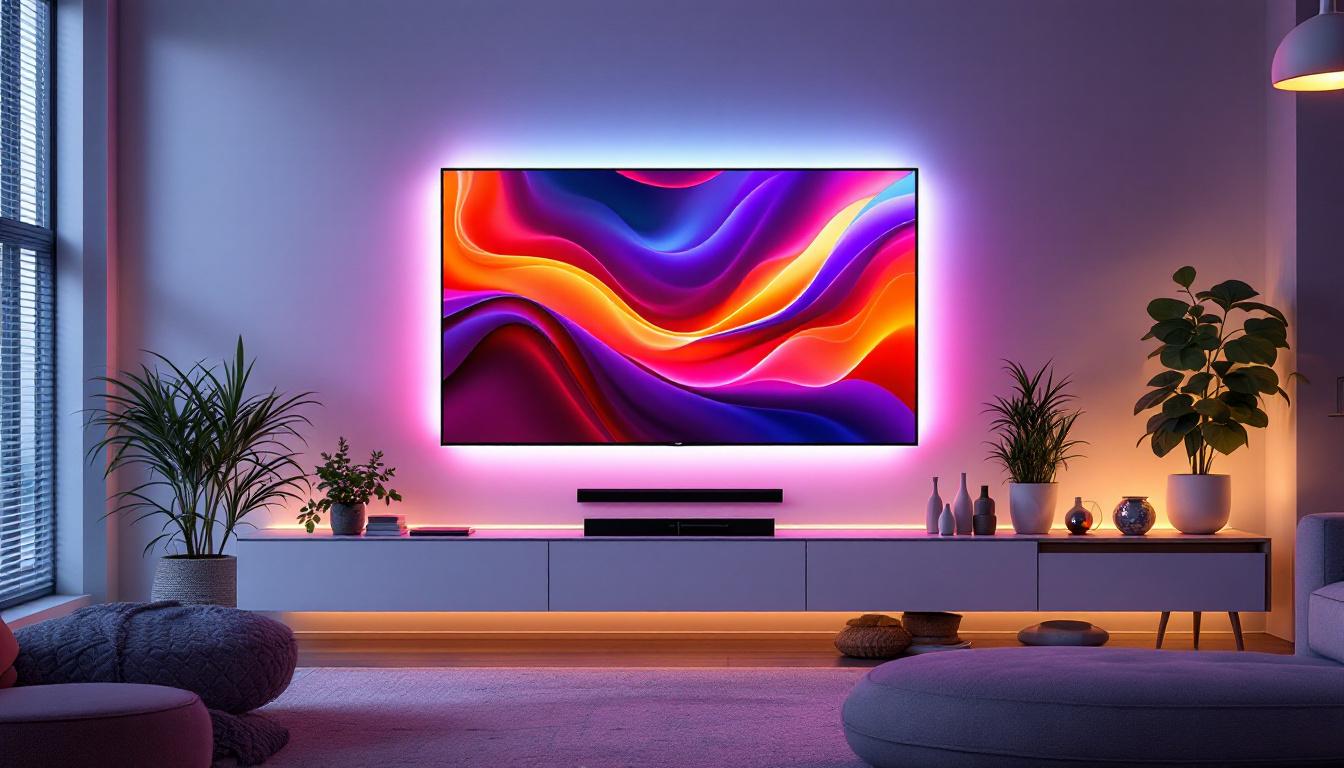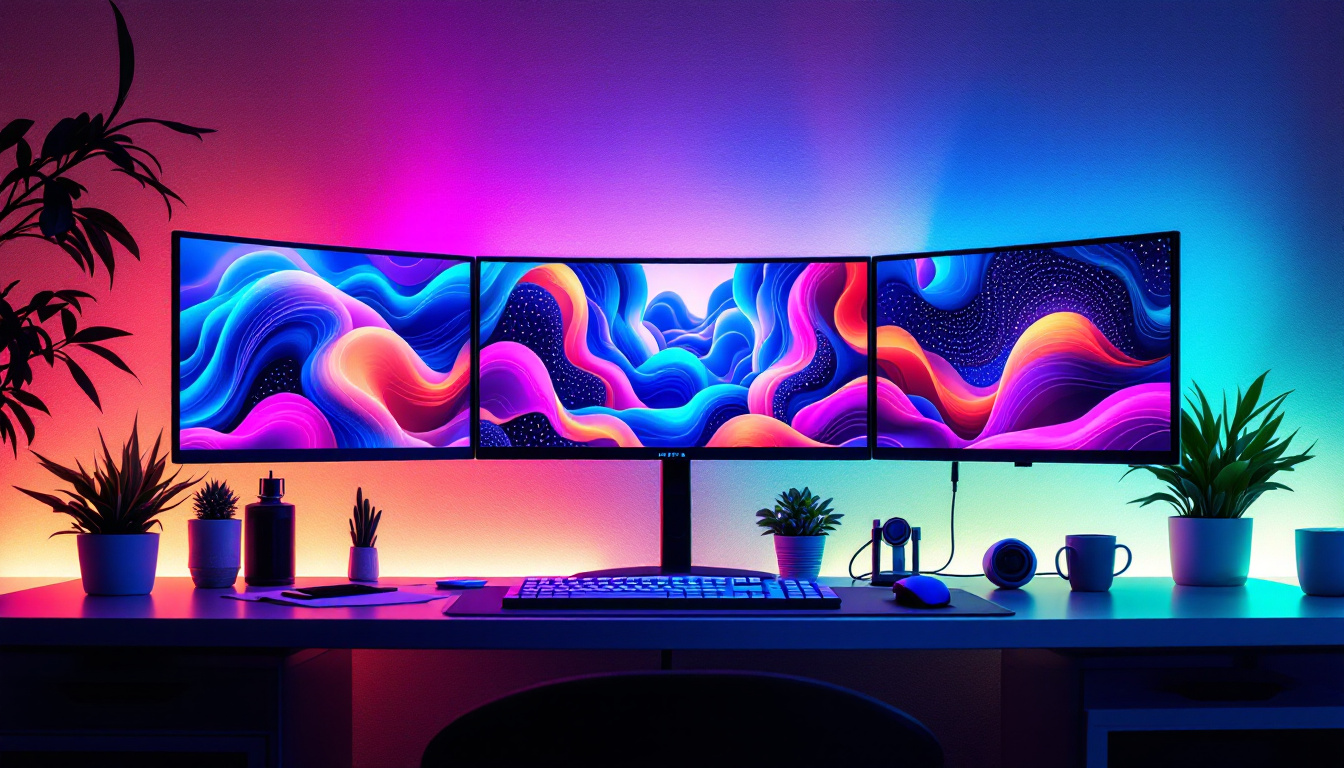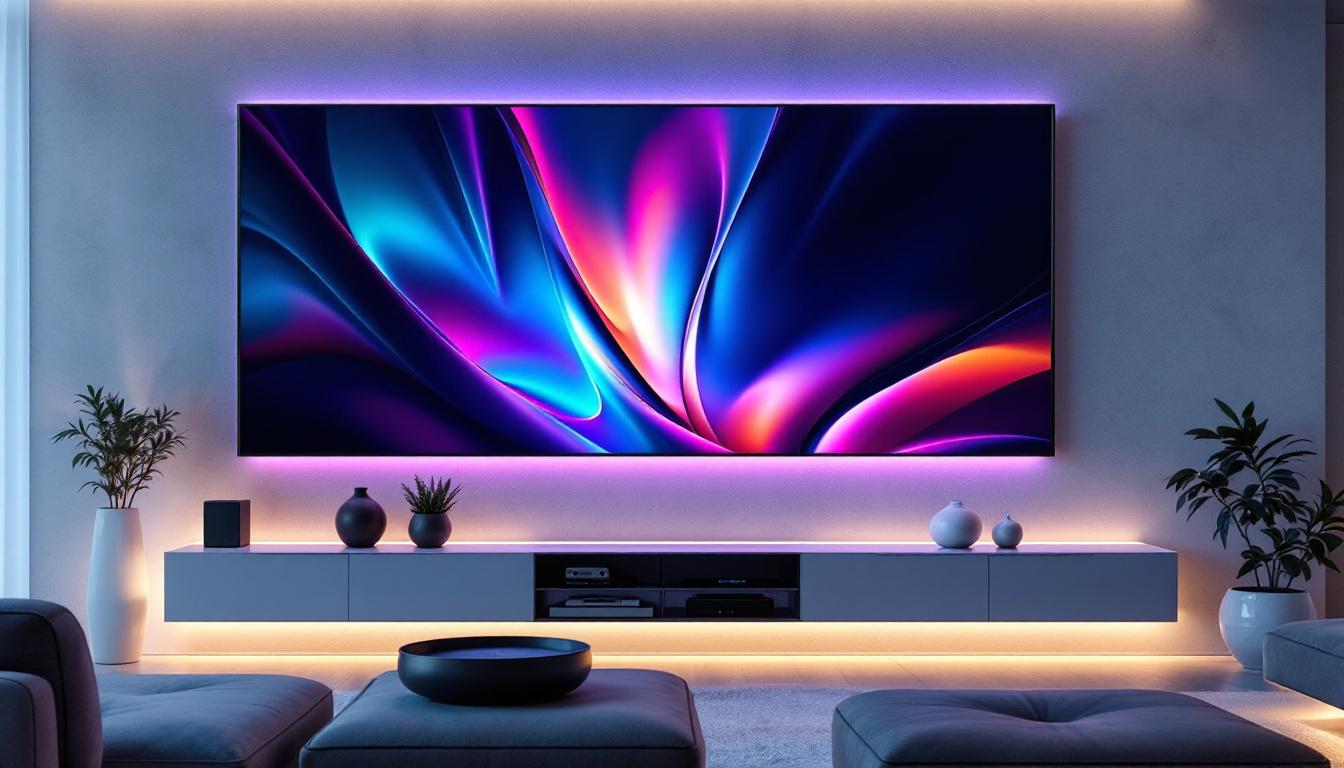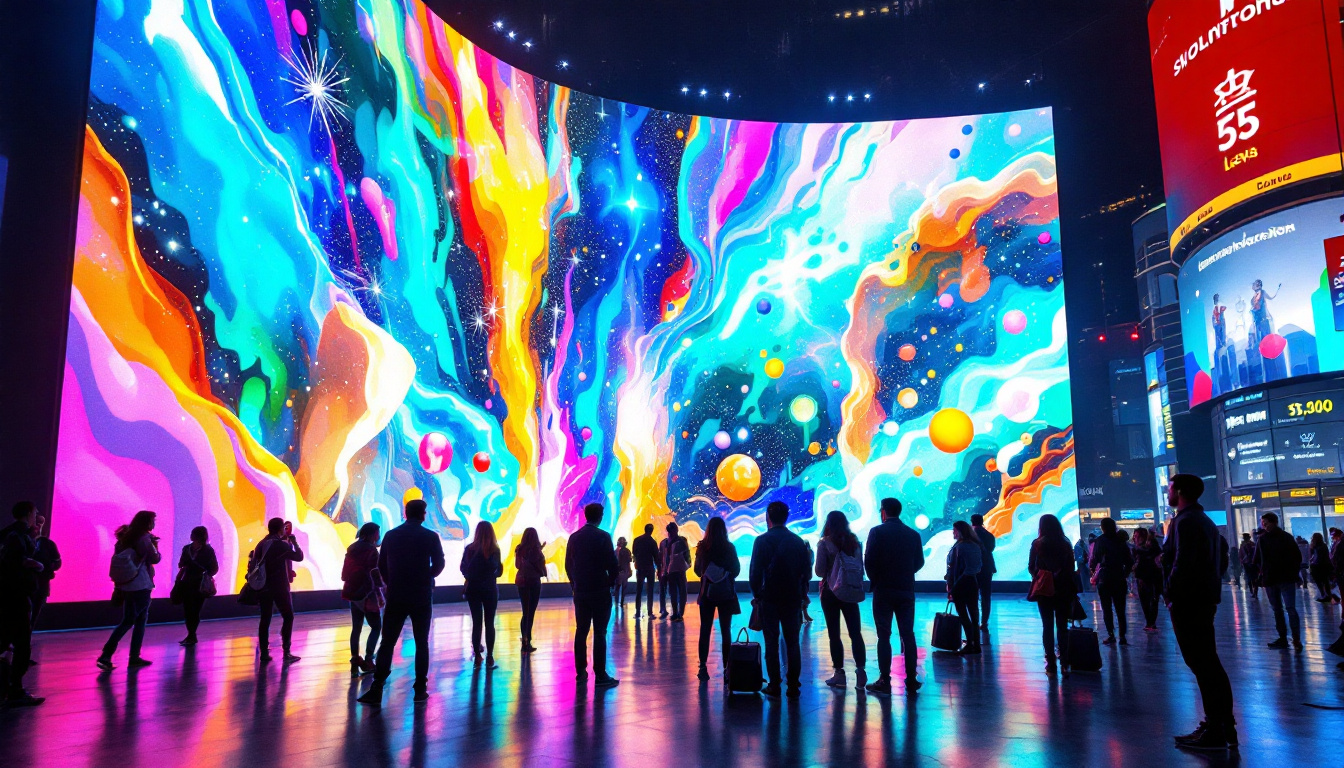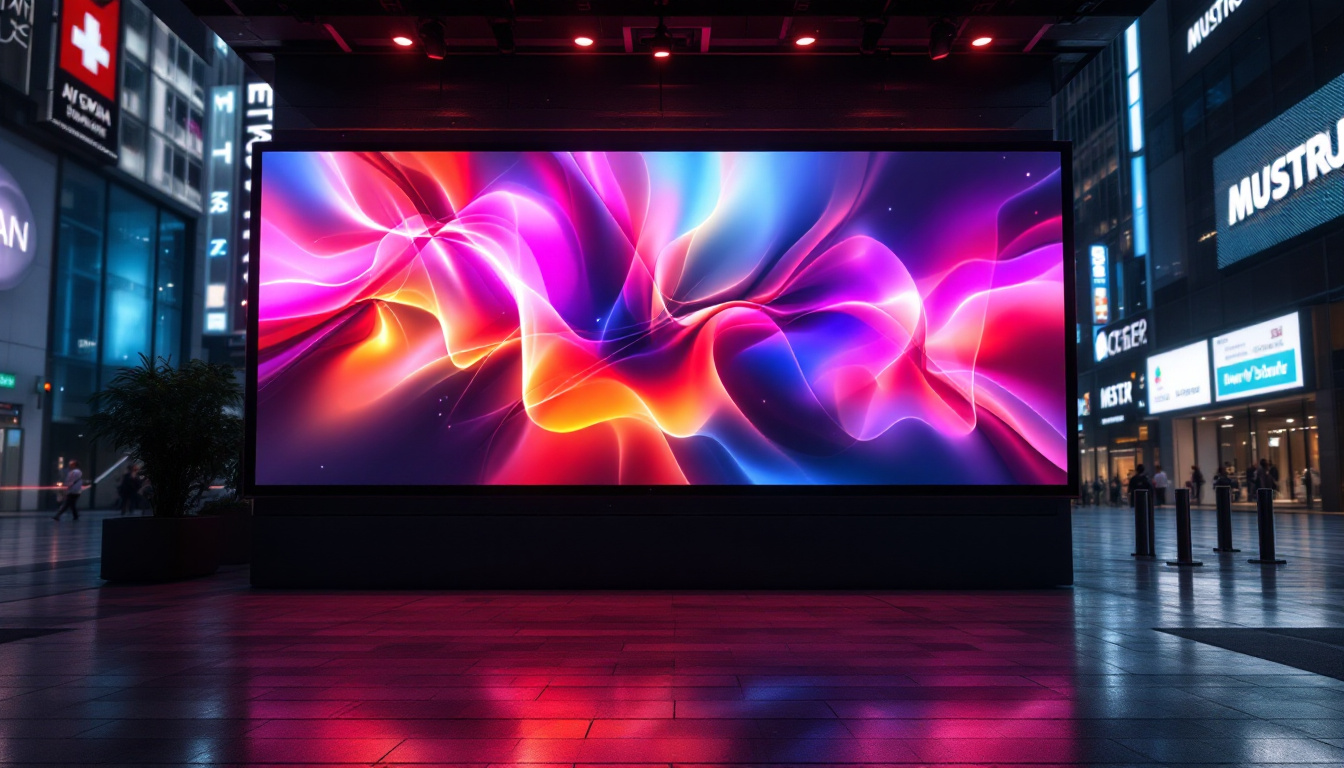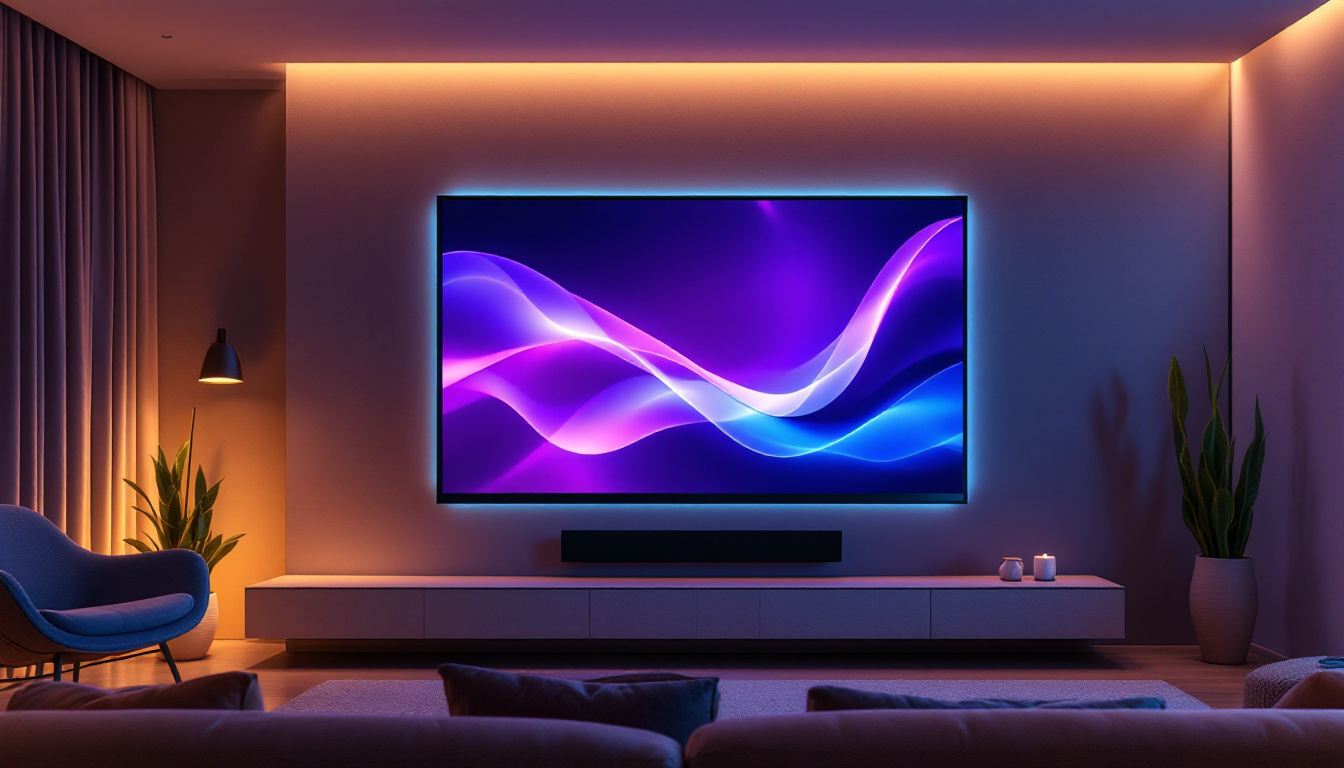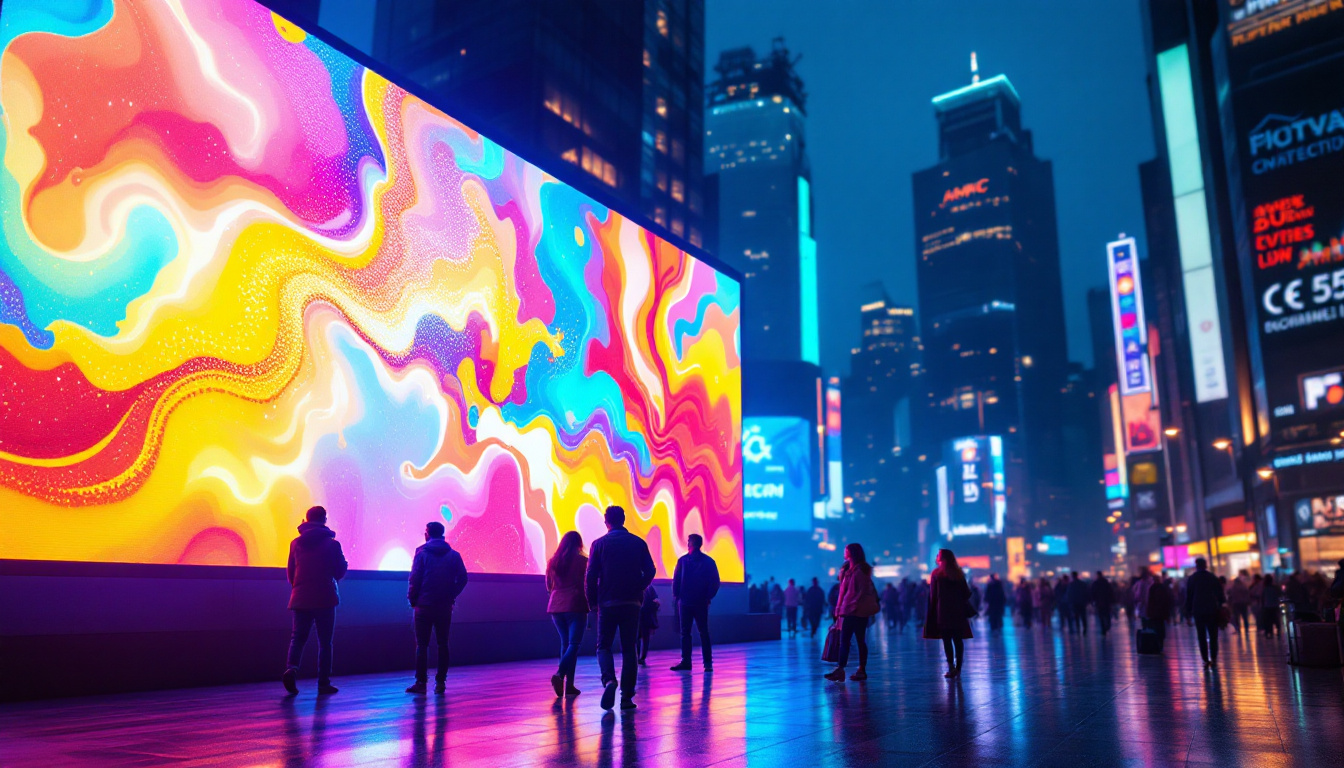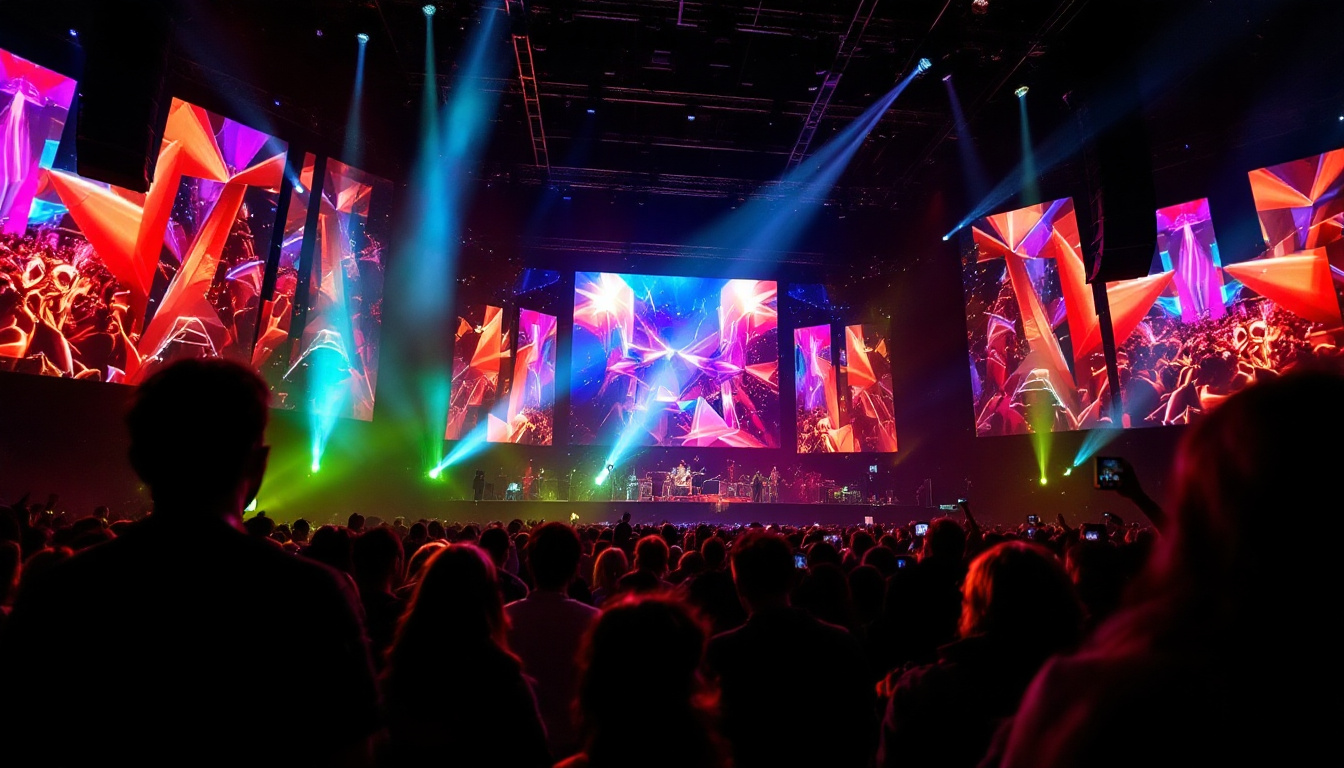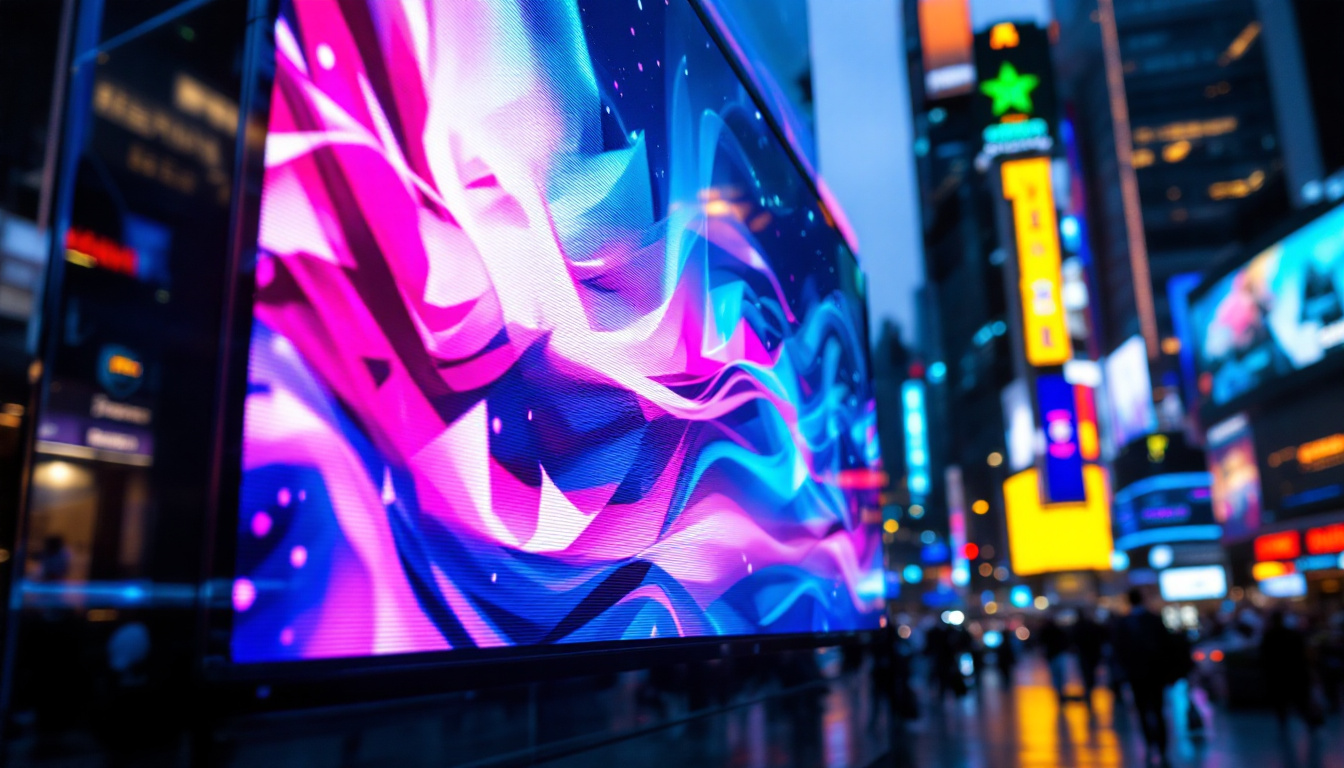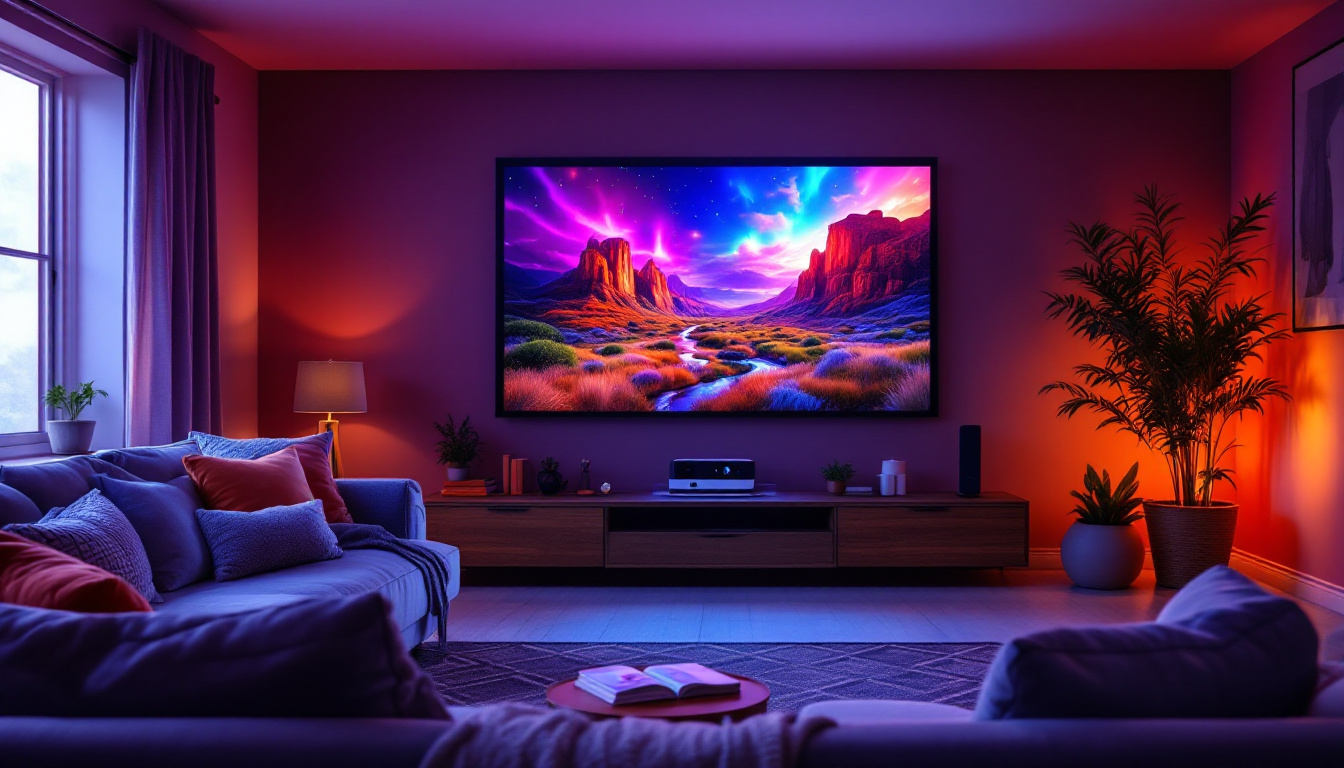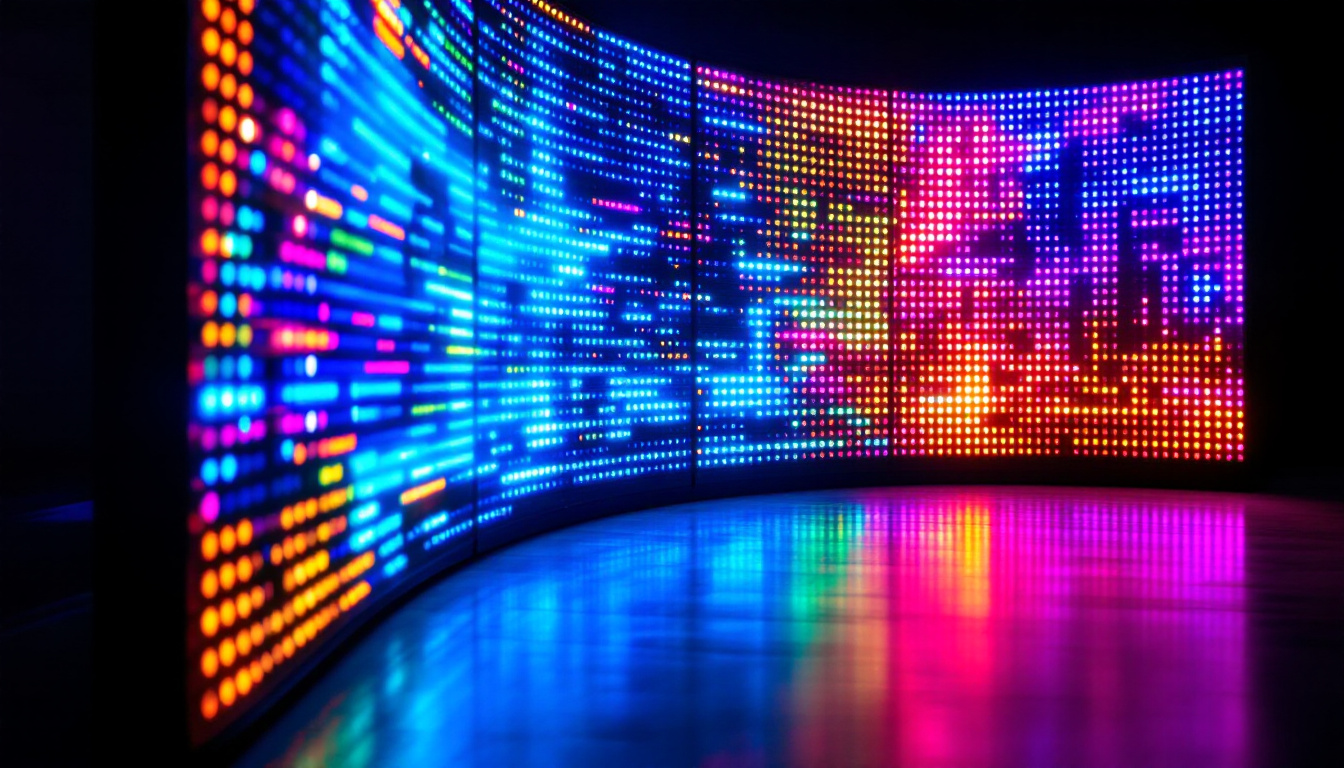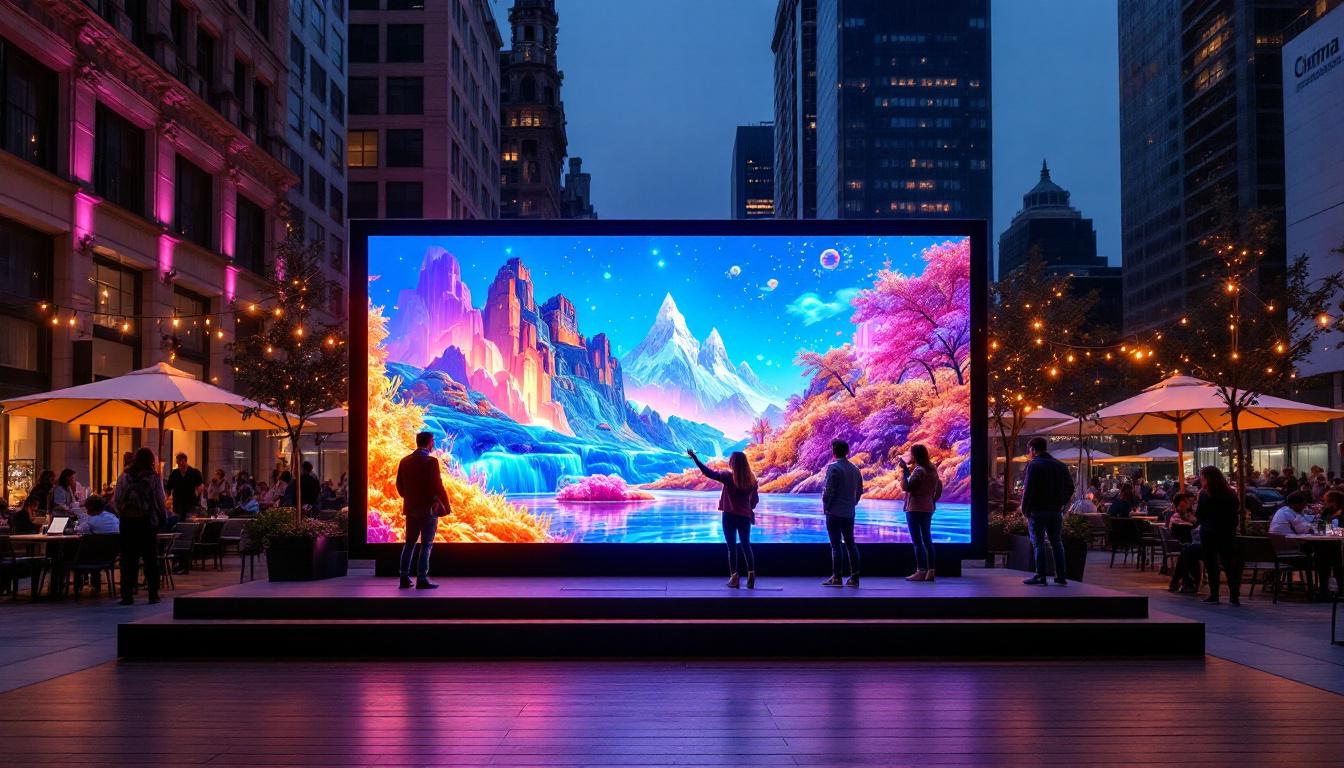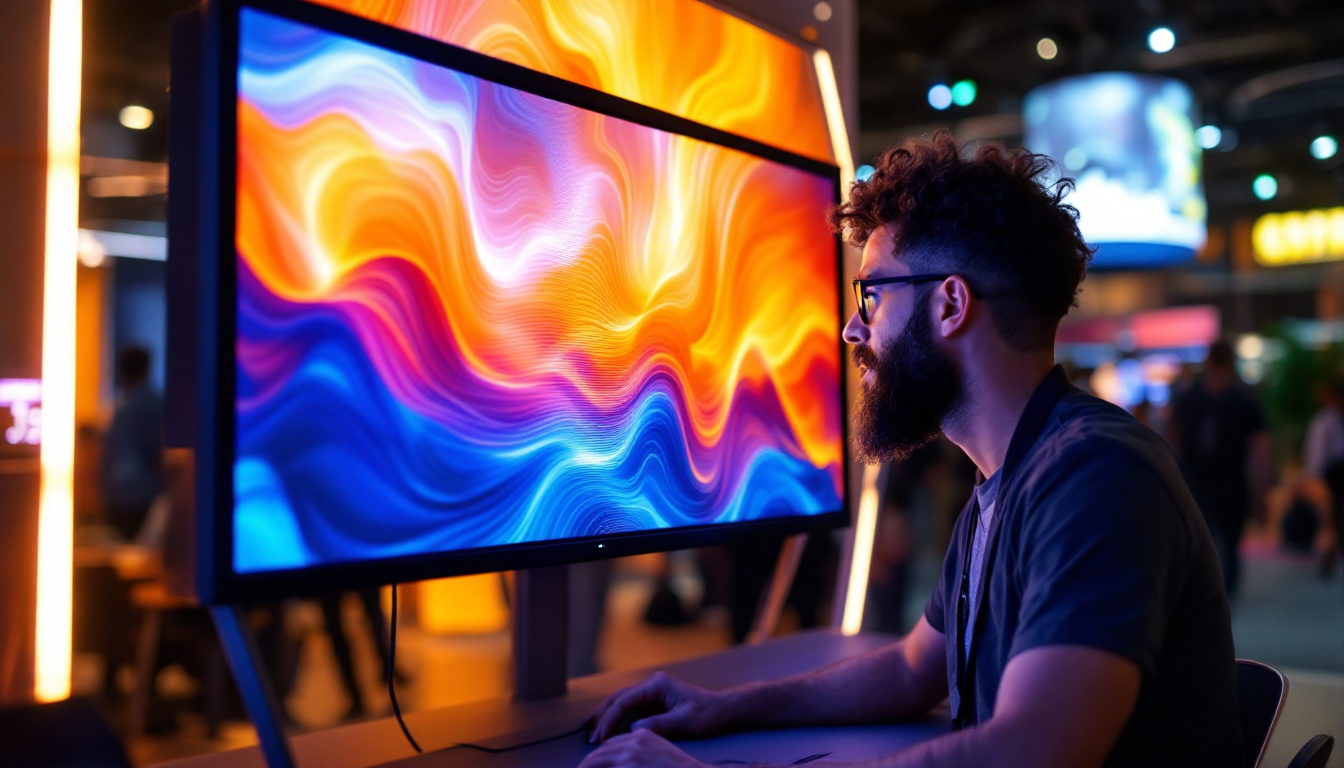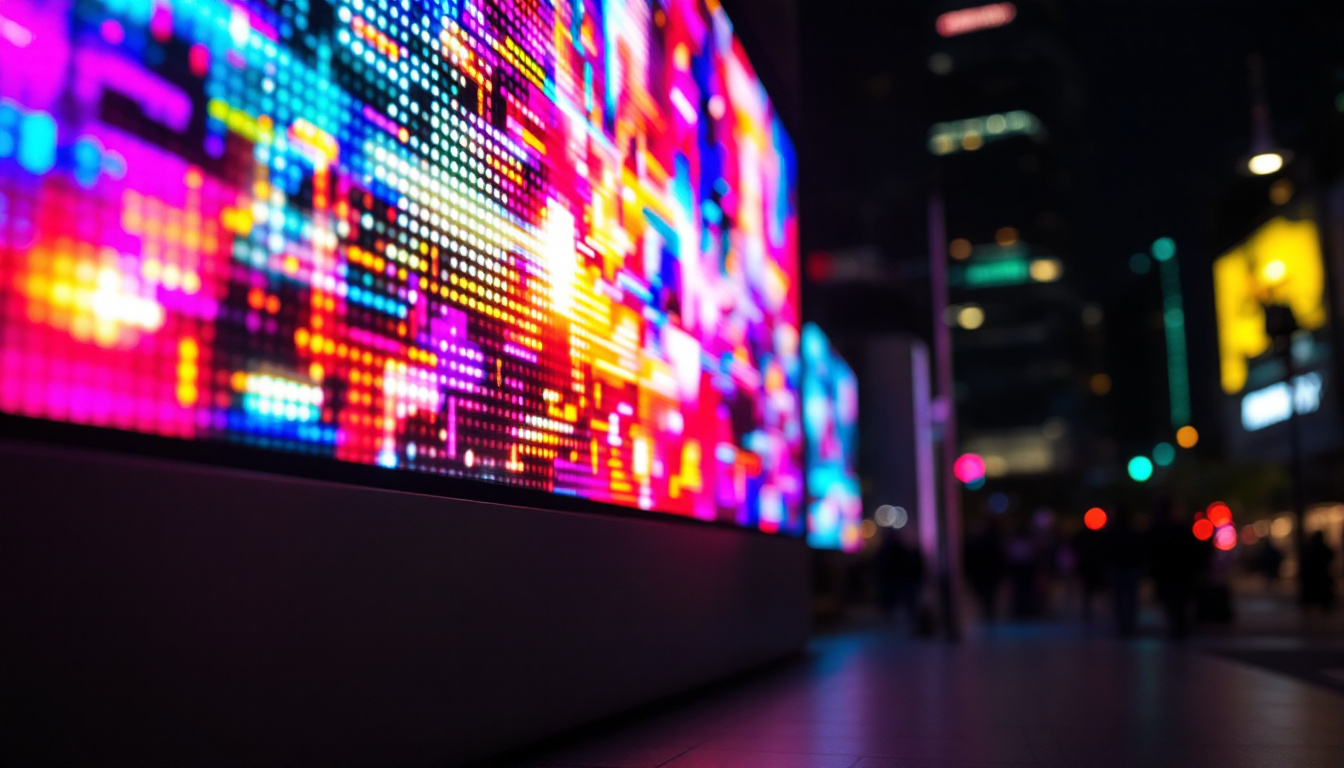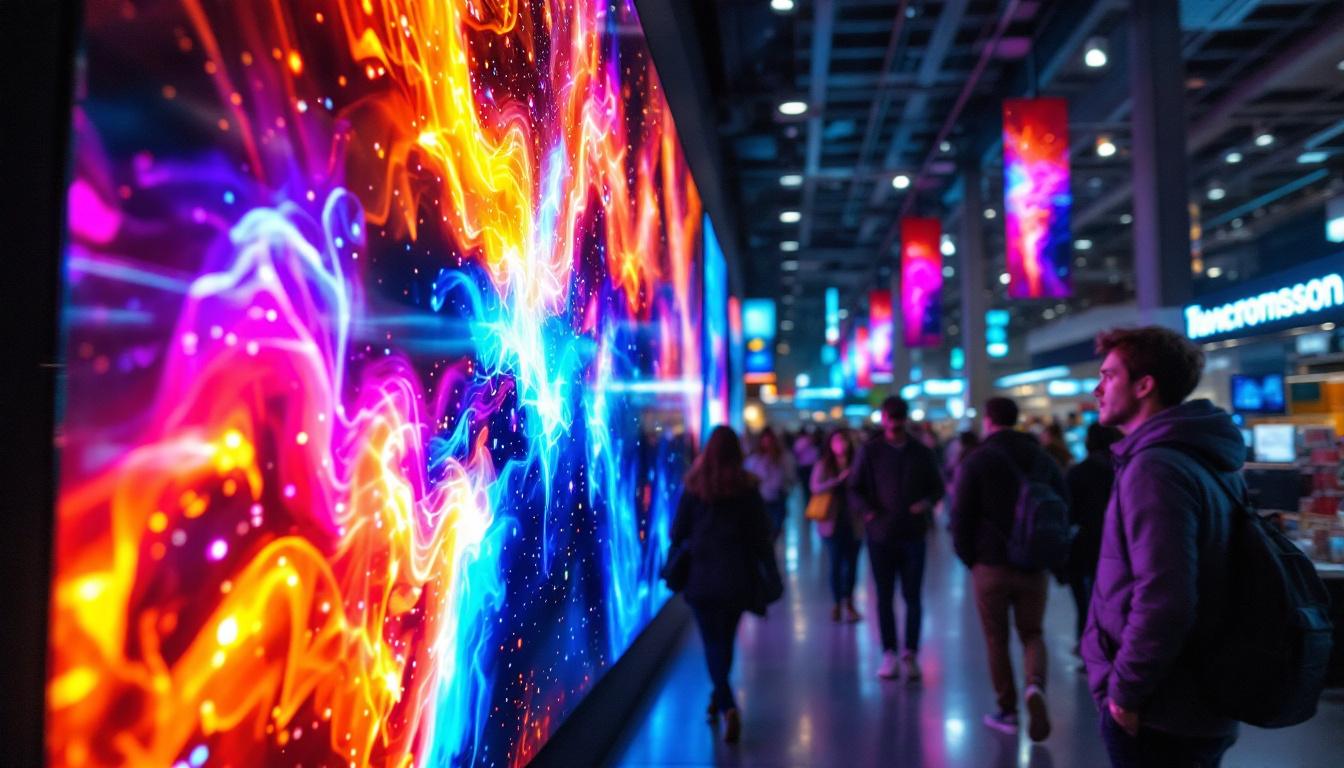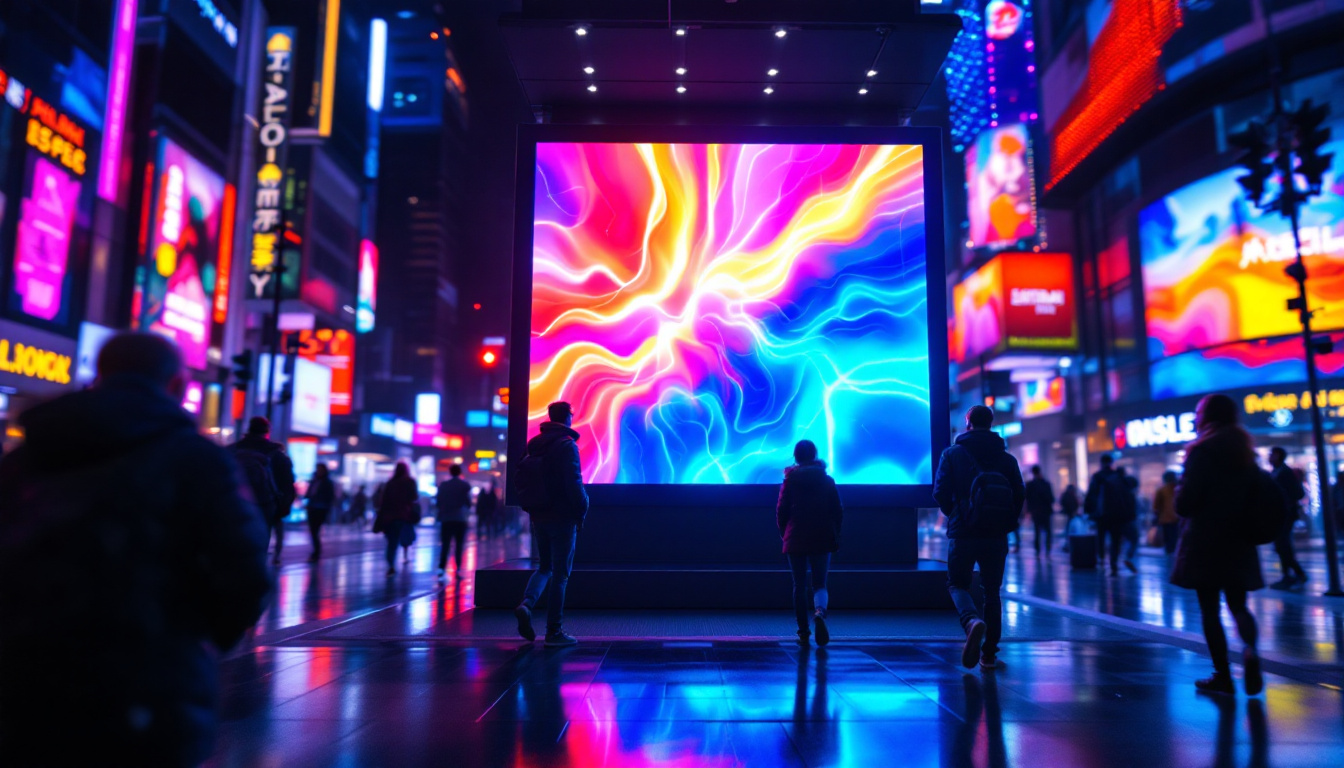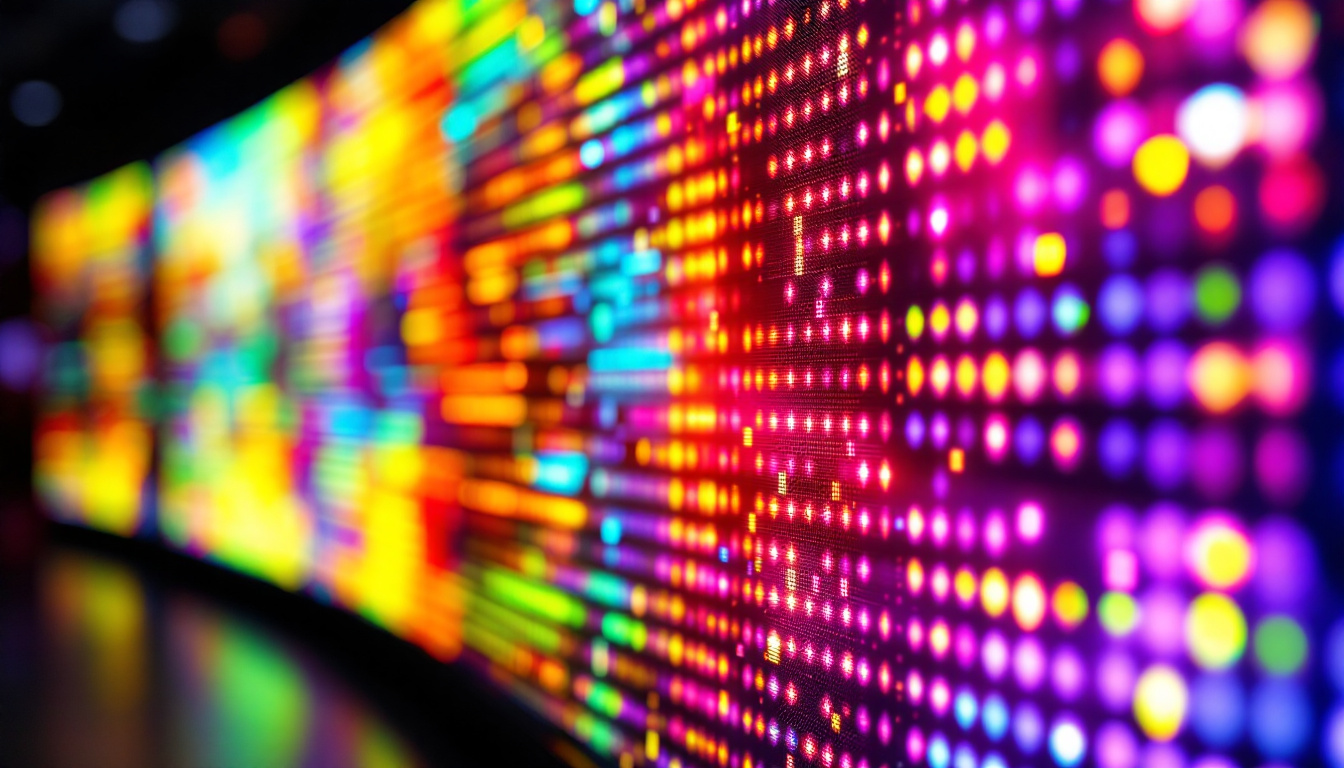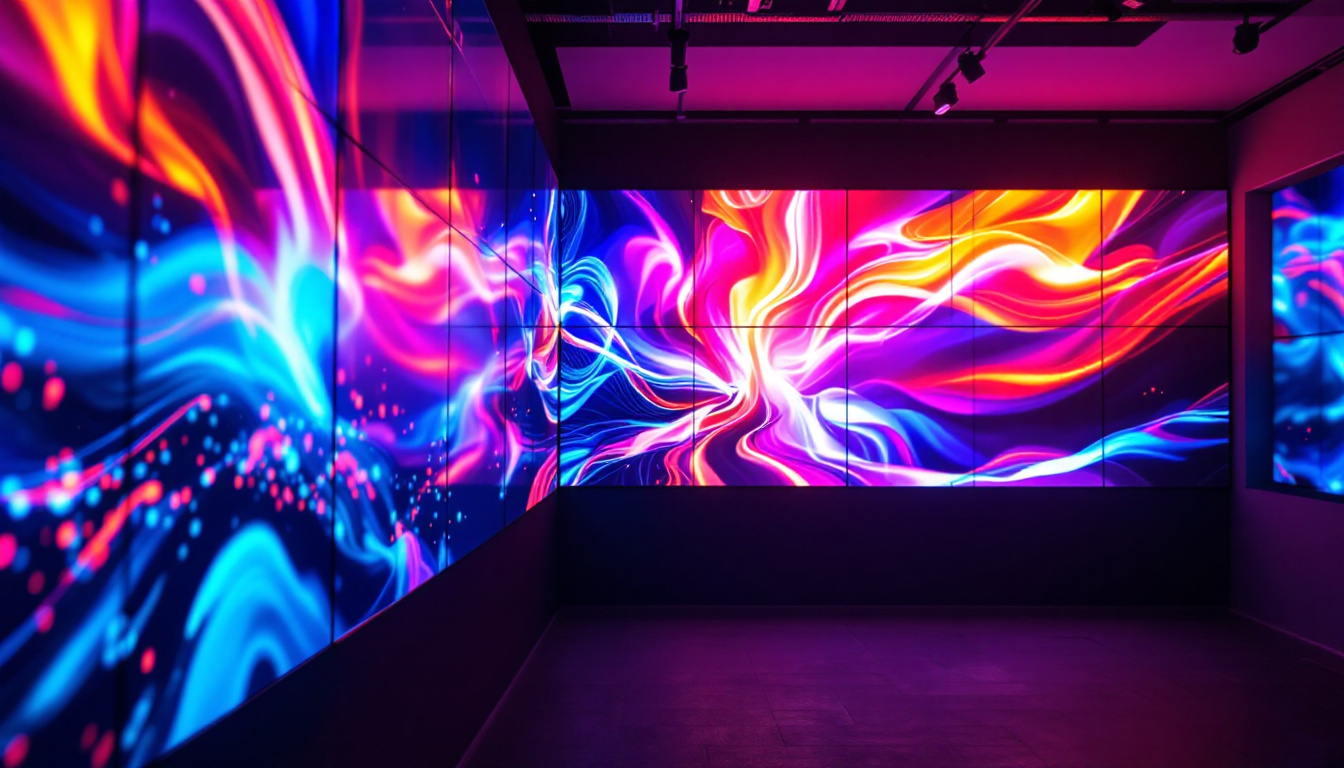In recent years, the way we consume media has transformed dramatically. One of the most significant changes has been the shift from traditional cathode-ray tube (CRT) televisions to sleek, modern LED displays. These advancements have not only enhanced the viewing experience but have also changed the aesthetic of our living spaces. This article will delve into the technology behind LED displays, their benefits, and how they have become a staple in contemporary home entertainment setups.
Understanding LED Technology
LED, or Light Emitting Diode, technology has revolutionized the television industry. Unlike traditional televisions that rely on bulky components and cathode rays, LED displays utilize a series of tiny diodes to produce light and display images. This fundamental difference in technology leads to various advantages that have made LED TVs the preferred choice for consumers. With their sleek designs and lightweight structures, LED TVs not only save space but also enhance the aesthetic appeal of modern living spaces.
How LED Displays Work
At the core of an LED display is the backlighting system. LED TVs use either edge-lit or full-array backlighting. In edge-lit displays, LEDs are placed along the edges of the screen, while full-array displays have LEDs positioned directly behind the screen. This arrangement allows for better control of brightness and contrast, resulting in a more vibrant picture quality. Furthermore, advanced technologies such as local dimming can be employed in full-array displays to enhance black levels and improve overall contrast, making dark scenes appear more detailed and immersive.
Additionally, the pixels in an LED display are composed of red, green, and blue subpixels. By adjusting the intensity of these subpixels, a wide range of colors can be produced, creating a rich and immersive viewing experience. The combination of advanced backlighting and pixel technology is what sets LED displays apart from their predecessors. Moreover, many LED TVs now incorporate high dynamic range (HDR) technology, which significantly expands the range of colors and brightness levels, allowing viewers to experience content as it was intended by the creators.
Types of LED Displays
There are several types of LED displays available on the market, each with its unique features and benefits. The most common types include:
- Standard LED: This is the most basic form of LED technology, offering decent picture quality and energy efficiency.
- QLED: Quantum Dot LED (QLED) uses quantum dots to enhance color and brightness, resulting in a more vivid picture. This technology is particularly effective in bright rooms, as it can produce stunningly bright images without sacrificing color accuracy.
- OLED: Organic LED (OLED) panels offer superior contrast and color accuracy by allowing individual pixels to emit their light. This means that OLED displays can achieve true blacks, as pixels can be completely turned off, leading to an unparalleled viewing experience, especially in dark environments.
Each type of display has its advantages and is suited for different viewing environments and preferences. Understanding these differences can help consumers make informed decisions when purchasing a new television. For instance, while QLED might be ideal for those who watch TV in well-lit rooms, OLED is often favored by cinephiles who appreciate deep blacks and rich colors in darker settings. Additionally, as technology continues to evolve, hybrid models that combine features from different types of displays are emerging, offering even more choices for consumers looking to elevate their home entertainment experience.
The Advantages of LED Displays
LED displays have gained immense popularity due to their numerous advantages over traditional television technologies. From energy efficiency to superior picture quality, these benefits make LED TVs a compelling choice for any household.
Energy Efficiency
One of the most significant advantages of LED displays is their energy efficiency. Compared to CRT and plasma televisions, LED TVs consume significantly less power. This not only translates to lower electricity bills but also contributes to a reduced carbon footprint. With growing concerns about environmental sustainability, opting for an LED display is a step in the right direction.
Picture Quality
LED displays are renowned for their exceptional picture quality. They provide brighter images, deeper blacks, and a wider color gamut. The ability to achieve high dynamic range (HDR) enhances the viewing experience, making colors appear more lifelike and details more pronounced. Whether watching movies, playing video games, or streaming content, the clarity and vibrancy of LED displays elevate every moment.
Thin and Lightweight Design
The sleek design of LED displays allows them to be mounted on walls easily, saving valuable floor space. This aesthetic appeal is one of the reasons why many consumers choose to have their TVs mounted rather than placed on traditional stands. The thin profile of LED TVs complements modern interior designs and can seamlessly blend into any room.
Installation and Mounting Options
Mounting a TV on the wall has become a popular choice for many homeowners. Not only does it create a clean and modern look, but it also frees up space and enhances the overall viewing experience. However, proper installation is crucial to ensure safety and optimal performance.
Choosing the Right Mount
When selecting a wall mount for an LED display, it is essential to consider the size and weight of the television. There are various types of mounts available, including fixed, tilting, and full-motion mounts. Fixed mounts keep the TV flat against the wall, while tilting mounts allow for a slight angle adjustment to reduce glare. Full-motion mounts provide the most flexibility, enabling users to swivel and tilt the screen for the best viewing angle.
It is also important to ensure that the mount is compatible with the TV’s VESA (Video Electronics Standards Association) pattern. This standardization allows for easy attachment of the TV to the mount, ensuring a secure fit.
Installation Tips
For those who choose to mount their LED displays, following proper installation guidelines is essential. Here are some tips to ensure a successful installation:
- Find the Right Location: Consider the viewing distance and angle when selecting a wall location. Ideally, the center of the screen should be at eye level when seated.
- Use a Stud Finder: To ensure the mount is securely attached, locate wall studs for support. Avoid mounting solely on drywall, as it may not hold the weight of the TV.
- Hide Cables: To maintain a clean look, consider using cable management systems to conceal wires and connections.
By taking the time to plan and execute the installation properly, homeowners can enjoy their LED displays safely and stylishly.
Maintenance and Care for LED Displays
While LED displays are generally low maintenance, proper care can extend their lifespan and maintain optimal performance. Regular cleaning and mindful usage are key factors in preserving the quality of the display.
Cleaning the Screen
Dust and fingerprints can accumulate on the screen, affecting picture quality. To clean an LED display, use a microfiber cloth and a solution specifically designed for electronics. Avoid using paper towels or harsh chemicals, as these can scratch the surface or damage the screen. It is advisable to turn off the TV before cleaning to prevent any accidental damage.
Optimal Usage Practices
To ensure the longevity of an LED display, consider the following practices:
- Avoid Static Images: Prolonged display of static images can lead to image retention or burn-in. Use screen savers or switch content regularly.
- Adjust Brightness Levels: Keeping brightness levels too high can strain the display. Adjust settings according to the room’s lighting conditions.
- Regular Software Updates: Many LED displays come with smart features that require regular updates. Keeping the software up-to-date can improve performance and security.
By following these maintenance tips, users can ensure their LED displays remain in excellent condition for years to come.
Future Trends in LED Display Technology
The world of LED display technology is continuously evolving, with innovations that promise to enhance the viewing experience even further. As technology advances, several trends are emerging that will shape the future of LED displays.
Higher Resolutions
As content quality improves, so does the demand for higher resolution displays. 4K and 8K resolutions are becoming increasingly popular, offering unparalleled clarity and detail. These advancements are particularly beneficial for large screens, where the difference in resolution becomes more apparent.
Flexible and Transparent Displays
Innovation in materials and design is leading to the development of flexible and transparent LED displays. These displays can be integrated into various surfaces, such as windows or walls, providing unique opportunities for design and functionality. Imagine a living room where the walls can transform into screens for entertainment or information display.
Enhanced Smart Features
Smart TVs are becoming more sophisticated, with integrated voice control, artificial intelligence, and connectivity features. Future LED displays are likely to include even more advanced smart capabilities, allowing for seamless integration with home automation systems and personalized viewing experiences.
Conclusion
LED displays have transformed the way we experience television, offering a blend of superior picture quality, energy efficiency, and sleek design. As technology continues to evolve, the future of LED displays looks promising, with innovations that will further enhance our viewing experiences. Whether for gaming, movie-watching, or everyday use, LED displays are here to stay, providing an immersive and engaging way to enjoy media in our homes.
Understanding the technology behind LED displays, their advantages, and how to care for them can empower consumers to make informed decisions. With the right installation and maintenance, an LED display can be a centerpiece of entertainment in any home, providing enjoyment for years to come.
Discover the Future of Home Entertainment with LumenMatrix
Ready to elevate your home entertainment experience with the latest in LED display technology? Look no further than LumenMatrix, a leader in innovative LED solutions. From the comfort of your living room to the excitement of outdoor events, our range of products, including Indoor and Outdoor LED Wall Displays, Vehicle LED Displays, and more, are designed to bring your media to life. Embrace the future of visual communication with our cutting-edge displays that promise to enhance engagement and captivate audiences. Check out LumenMatrix LED Display Solutions today and transform the way you enjoy television and visual media.

